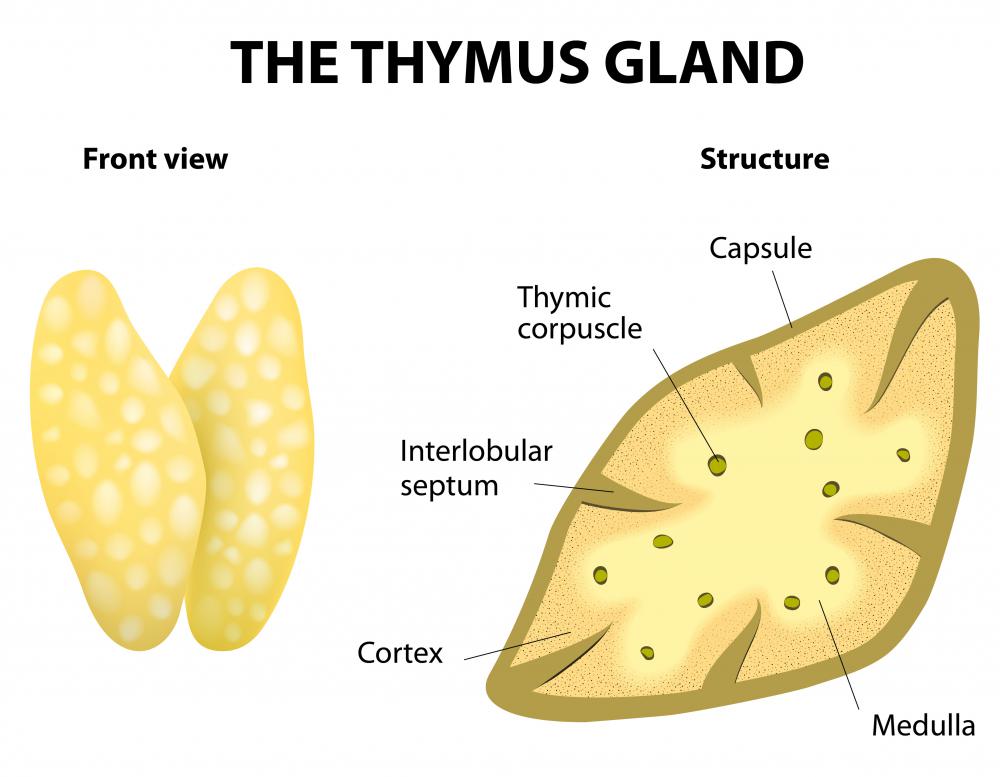At WiseGEEK, we're committed to delivering accurate, trustworthy information. Our expert-authored content is rigorously fact-checked and sourced from credible authorities. Discover how we uphold the highest standards in providing you with reliable knowledge.
What Is Peripheral T-Cell Lymphoma?
Peripheral T-Cell Lymphoma (PTCL) is a white blood cell cancer that targets immune T-cells, which circulate throughout the body by way of the lymphatic system after being made in the thymus gland. The disease is a non-Hodgkin’s lymphoma, meaning that it is similar to cancers that are categorized as Hodgkin’s, but lack the presence of a certain distinguishing cell, the Reed-Sternberg cell. It is a relatively rare disease, accounting for only a small percent of all non-Hodgkin’s lymphoma in the United States. The statistical data is thought to be similar in other Westernized countries as well. The cancer is considered aggressive and treatment for the disease is usually started as soon as possible to increase the chances of survival.
The World Health Organization (WHO) divides peripheral T-Cell Lymphoma into two types: precursor and true peripheral PTCL. The designations take into account the genesis of the cancerous T-cells. For example, precursor PTCL is thought to be mainly comprised of cancerous lymphoblastic cells, the cells that essentially produce and are precursors to the immune system’s lymph. Both types of Peripheral T-Cell Lymphoma are generally diagnosed in people who are 60 years of age or older, and more often in men than women One exception to this statistic is one precursor PTCL, which is most commonly diagnosed in young adult and adolescent males; this designation of the disease has a higher complete remission rate than other forms of PTCL, almost 96 percent.

One form of true Peripheral T-Cell Lymphoma, called Blastic NK-cell lymphoma, is the rarest and hardest to treat of all the designations of the disease. It is very fast-growing and can arise anywhere in the body as compared to other lymphomas which arise in specific locations. For this reason, treatment is more complicated and has a higher side effect risk profile. Patients who are diagnosed with the rarer forms of PTCL are often good candidates for clinical trials, where significant progress is being made in survival rates.

PTCL progresses rapidly and will often invade the liver, gastrointestinal tract, and bone marrow. One of the reasons that Peripheral T-Cell Lymphoma is so aggressive is because it usually infects the lymph nodes to a high degree, causing it to spread quickly. PTCL is treated in much the same way that most cancers are treated; with chemotherapy, radiation, and other type-specific medications. Sometimes, PTCL is treated with success by performing a bone marrow transplant or supplementing treatment with steroid-based medications.
AS FEATURED ON:
AS FEATURED ON:













Discuss this Article
Post your comments